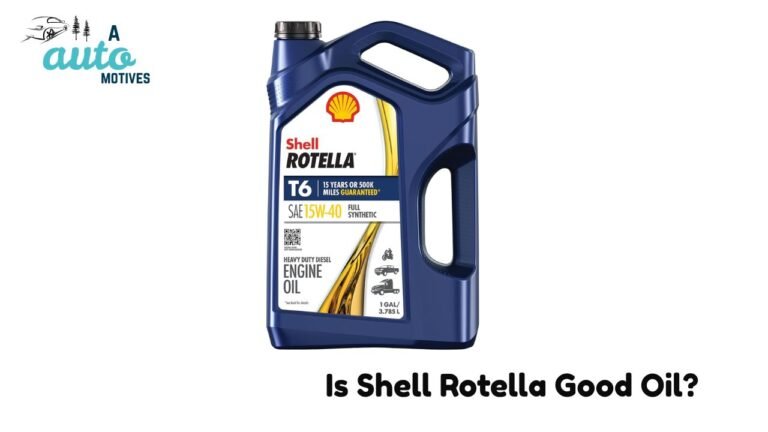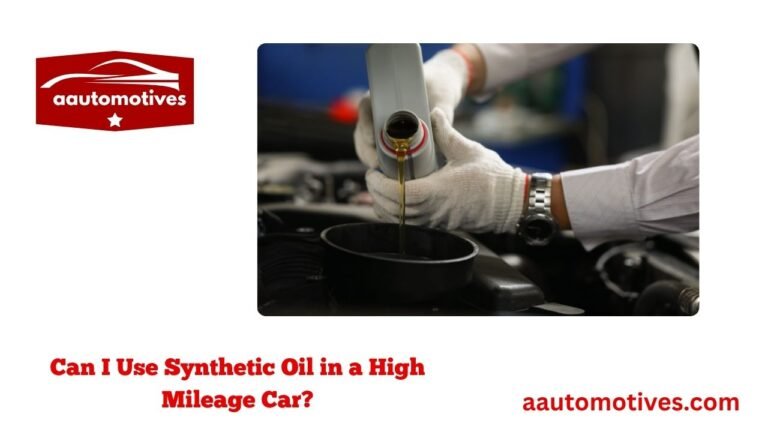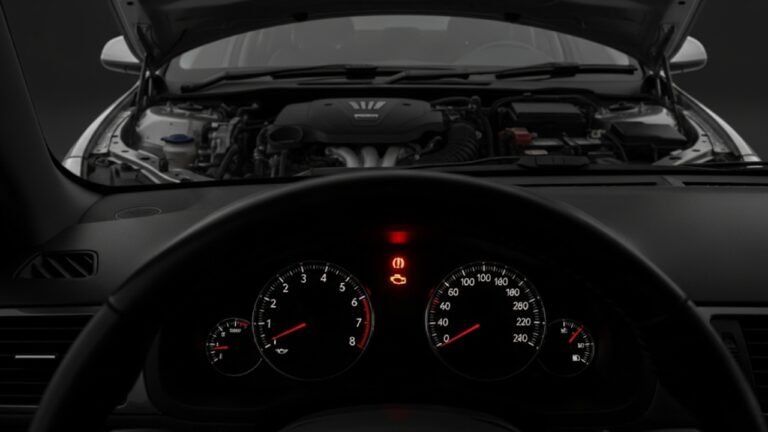What Happens When Your Car Runs on Vegetable Oil
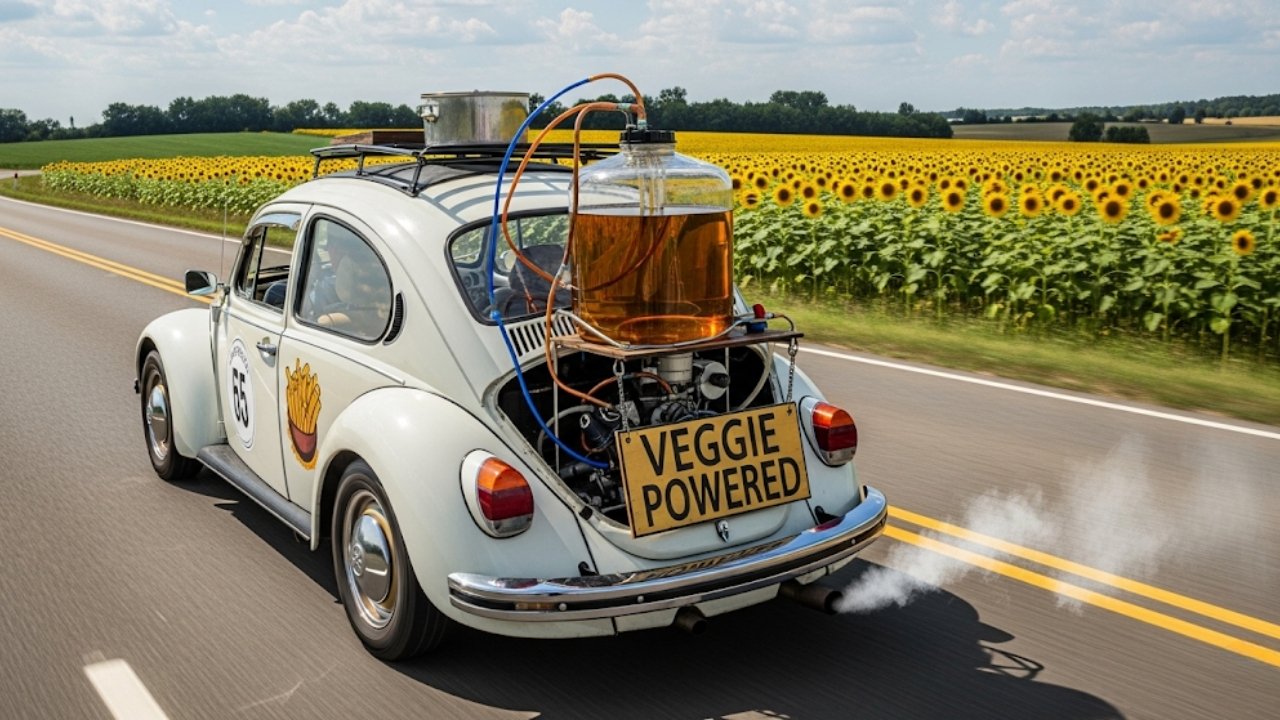
Imagine driving down the road and catching a whiff of something oddly familiar—French fries. No, it’s not your imagination or a roadside diner. It could be the scent trailing behind a car powered not by gasoline, but by vegetable oil. Sounds like something out of a quirky indie film, right? But it’s very real.
In fact, for years now, a niche group of car owners have been flipping the script on fuel by experimenting with how their car runs on vegetable oil. And it’s not just about saving money or sticking it to Big Oil. It’s also about sustainability, freedom, and the sheer thrill of doing something different.
Let’s dive into this incredible world—part science, part DIY culture, and part environmental activism. Buckle up!
The Basics: What Does It Mean When a Car Runs on Vegetable Oil?
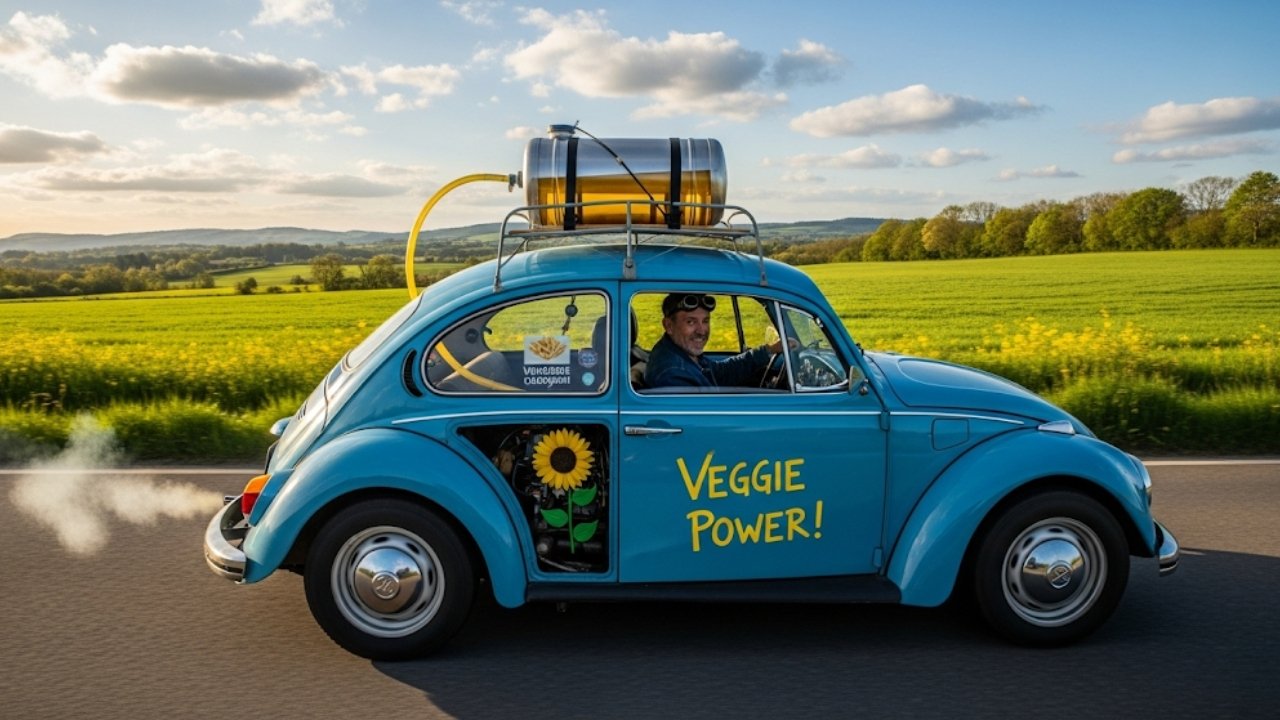
Here’s how it generally works:
-
A diesel engine is retrofitted with a dual-tank system.
-
One tank holds diesel (or biodiesel) to start and warm up the engine.
-
The second tank holds vegetable oil, which kicks in once the engine is hot enough.
-
Filters and heat exchangers make sure the oil flows smoothly and doesn’t gum things up.
Key components in a veggie oil system:
| Component | Function |
|---|---|
| Heated fuel lines | Thins oil for better flow |
| Additional fuel tank | Stores vegetable oil separately |
| Filter system | Removes food particles and water |
| Switch valve | Allows switching between diesel and veg oil |
You see, vegetable oil is thicker than diesel, so heating it helps it combust more efficiently. Once the engine is warm, it can smoothly switch over and burn the oil just like fuel. Many drivers even collect used oil from restaurants—literally driving on yesterday’s fried chicken.
Why Do People Do It? The Deeper Motive Behind the Smell of French Fries
The idea that a car runs on vegetable oil is both radical and practical. People are drawn to it for a mix of reasons—financial, environmental, and ideological.
Let me tell you about my friend Zayan. He’s a software engineer by day and a car tinkerer by night. One day, he drove past a fast food place and saw someone hauling off barrels of used oil. Turns out, it was a local eco-warrior who collected oil, filtered it, and powered his old Mercedes diesel with it.
Zayan was hooked.
So what are the benefits?
-
Cost Savings: Many restaurants are happy to give away used oil for free.
-
Environmental Impact: Using recycled oil reduces demand for fossil fuels and cuts down on emissions.
-
⚙️ Mechanical Freedom: There’s joy in tinkering, in knowing your ride inside out.
-
Smart Sustainability: It’s a cleaner cycle. You’re reusing a product that would otherwise be waste.
But it’s not just about going green. It’s about taking control—from how you fuel your car to how you engage with the world. There’s something empowering about knowing you’re not fully dependent on the gas station down the block.
The Conversion Process: Turning Your Diesel into a French Fry Burner
Before your car runs on vegetable oil, some important changes need to happen. This isn’t plug-and-play. You’ll either need a conversion kit or the know-how to build your own system.
Let’s break it down simply:
Step-by-Step Conversion
-
Pick the Right Car: Not all cars are ideal. Old diesel engines (pre-2006) are best. Think 1980s–1990s Mercedes, Ford, or VW diesel models.
-
Install a Dual Fuel Tank: One for diesel (or biodiesel), the other for veggie oil.
-
Add Heating Elements: Heating coils or heat exchangers warm the oil so it flows.
-
Filter Everything: Use a multi-stage filter system to get food crumbs and water out.
-
Add a Switch System: To toggle between diesel and oil manually or automatically.
Pro Tip: Always start and stop the engine on diesel. Otherwise, cold vegetable oil will clog your system like last night’s leftover biryani grease in the sink.
Cost Breakdown for DIY Conversion:
| Item | Estimated Cost (USD) |
|---|---|
| Conversion Kit | $800 – $2,000 |
| Extra Fuel Tank | $150 – $400 |
| Filters & Hoses | $100 – $300 |
| Labor (if hired) | $500 – $1,000 |
Some people go full DIY and spend under $1,000. Others buy professionally installed kits with warranties. Either way, it’s a few months of effort for years of savings.
The Smell, The Feel, The Drive: How It Actually Feels When a Car Runs on Vegetable Oil
Okay, let’s get real. What does it feel like when your car runs on vegetable oil?
First, yes—there is a smell. Not overpowering, but definitely noticeable. Depending on the type of oil, it can smell like fries, chicken nuggets, or even samosas. It’s a strange but charming experience.
The ride itself? Once the engine is warmed up and the oil kicks in, you’ll hardly notice a difference. Acceleration might feel slightly sluggish compared to regular diesel, but most people get used to it quickly.
Zayan swears his car runs smoother on veggie oil, saying, “It’s like feeding my car a home-cooked meal instead of gas station fast food.”
Pros:
-
Smooth, quiet operation.
-
Noticeable drop in fuel costs.
-
Less exhaust smell—especially with good filtration.
Cons:
-
Slightly reduced horsepower.
-
Occasional clogs if oil isn’t filtered well.
-
Engine needs extra maintenance.
But you know what? Most drivers who’ve made the switch would never go back. It becomes a lifestyle, a statement.
Environmental Impact: Small Shift, Big Ripples
We often think saving the planet requires giant steps—solar farms, electric planes, carbon credits. But sometimes, even something as simple as a car that runs on vegetable oil can create ripple effects.
Here’s what the data says:
-
Less CO₂ Emission: Used vegetable oil emits up to 80% less CO₂ compared to petroleum diesel.
-
Cleaner Exhaust: Fewer sulfur compounds and soot particles.
-
Recycled Waste: You’re using what would otherwise go to landfill or get burned.
Let’s compare emissions:
| Fuel Type | CO₂ Emissions per Gallon | Source Type |
|---|---|---|
| Gasoline | ~19.6 lbs | Fossil Fuel |
| Diesel | ~22.4 lbs | Fossil Fuel |
| Vegetable Oil | ~4–6 lbs | Recycled Organic Waste |
Sure, it’s not perfect. There are debates about whether large-scale veggie oil use would cause deforestation due to palm oil farming, for example. But when it’s used oil from restaurants, you’re helping solve two problems: food waste and fuel.
Long-Term Performance and Maintenance: Is It Really Worth It?
When we talk about whether a car runs on vegetable oil effectively over the long haul, the answer depends on one key factor—maintenance.
Think of it like owning a pet goat instead of buying milk from the store. It’s fulfilling, cost-effective, and rewarding—but it needs daily attention. Likewise, veggie oil cars need a bit more TLC than your average fuel-guzzling vehicle.
Key maintenance tasks:
-
Filter the oil thoroughly: Even tiny food particles can clog injectors.
-
Regularly check fuel lines and filters: Oil buildup can thicken and block lines.
-
Flush the system: Occasionally run diesel to clean residue from injectors.
-
Monitor cold-weather performance: In winter, vegetable oil thickens. Heating elements must be in top shape.
My cousin tried using vegetable oil in Canada. Guess what? It worked beautifully—until December. His lines froze faster than a pond in Dhaka winter. A heated garage and extra insulation solved it, but it’s a lesson: veggie oil doesn’t forgive laziness.
Still, if you’re consistent, your engine can last just as long—sometimes longer—than with diesel. Why? Because vegetable oil has better lubricating properties, reducing wear inside the engine.
Legal Gray Areas: Can You Legally Drive a Car That Runs on Vegetable Oil?
Here’s where things get a little tricky. Depending on where you live, driving a car that runs on vegetable oil might be a grey zone—or even illegal—if you’re not paying fuel taxes.
Yes, seriously.
In the U.S., U.K., and some parts of the EU, governments require a per-gallon tax for road-use fuels. If you’re driving on restaurant fryer grease and not reporting it, technically, you’re dodging taxes. Think of it as the IRS caring more about your fuel choice than your morning coffee.
What you should do:
-
Check local regulations: Some states or countries allow it with a permit.
-
Pay the road tax voluntarily: In some places, it’s as simple as submitting a form.
-
Be prepared for inspections: Especially if you’re running pure SVO (straight vegetable oil).
Pro tip: Many places are more lenient if you’re blending small amounts of vegetable oil with biodiesel. That’s a workaround hobbyists often use.
And remember—just because your car smells like samosas doesn’t mean the government won’t notice.
Real-Life Case Studies: Everyday Heroes Who Made It Work
These stories show that when a car runs on vegetable oil, it’s more than a fuel—it’s a movement.
1. Rajib in Sylhet, Bangladesh
Rajib, a high school science teacher, converted his 1996 Toyota Hiace diesel van to run on used cooking oil from a local biryani shop. With a custom-made dual-tank system built for under $1,000, he’s now saving nearly $300 a month. His students love the smell. Parents? Not so much.
“Every time I drive to school, it’s like giving the planet a small gift.”
2. Emily in Portland, USA
A climate activist, Emily drives a 1984 Mercedes-Benz that runs entirely on veggie oil. She’s part of a community co-op that collects oil from local restaurants, filters it, and distributes it among members.
“It’s not just about the car. It’s a statement of what kind of world I want to live in.”
3. Daniel in London, UK
Daniel faced legal threats when the local council found out he hadn’t paid fuel duty. He launched a petition to legalize small-scale biofuel use and gathered 10,000+ signatures.
“The irony? My exhaust smells better than theirs, but I’m the criminal.”
These people prove that running a car on vegetable oil isn’t just for eccentrics. It’s for thinkers, tinkerers, and change-makers.
FAQs About Cars That Run on Vegetable Oil
❓1. Can any car run on vegetable oil?
No. Only diesel engines, preferably older ones, can run on vegetable oil. Gasoline engines are not compatible.
❓2. Do I need to modify my engine?
Yes, in most cases. A dual-tank system, filters, and heating elements are essential for smooth operation.
❓3. Is it cheaper than regular diesel?
Absolutely. If you source waste oil for free, your only costs are filtration and maintenance. Many users report saving hundreds monthly.
❓4. Does vegetable oil damage the engine?
Not if used correctly. In fact, it can extend engine life due to better lubrication. But poor filtration or improper use can cause clogging.
❓5. What happens in winter?
Vegetable oil thickens in cold weather. Heated fuel lines and garage parking help. Some people mix with diesel or use biodiesel blends in winter.
❓6. Is it legal?
It depends on your country or state. Many require paying a tax for alternative fuels. Always check local laws before converting.
❓7. How do I filter waste oil?
Use multi-stage filters, including water separation. Some hobbyists build filtration systems with buckets, heaters, and mesh screens.
❓8. Will it pass emissions tests?
In many cases, yes—especially with good filtration. In fact, used vegetable oil produces fewer harmful emissions than diesel. But check local testing requirements.
Final Thoughts: A Greasy Revolution With Clean Intentions
Let’s be honest. Driving a car that runs on vegetable oil isn’t for everyone. It takes effort, attention, and a willingness to step outside the norm. But for those who do it, the rewards are rich—and not just in money saved.
You feel more connected to your car.
You become more aware of your waste.
You stand up for the environment in a tangible way.
This isn’t just about going green. It’s about living intentionally—making conscious choices about the kind of energy you use and the kind of world you want to leave behind.
If you’re someone who likes to experiment, hates fuel bills, or simply wants to smell like lunch while saving the Earth, this might just be your next big move.

